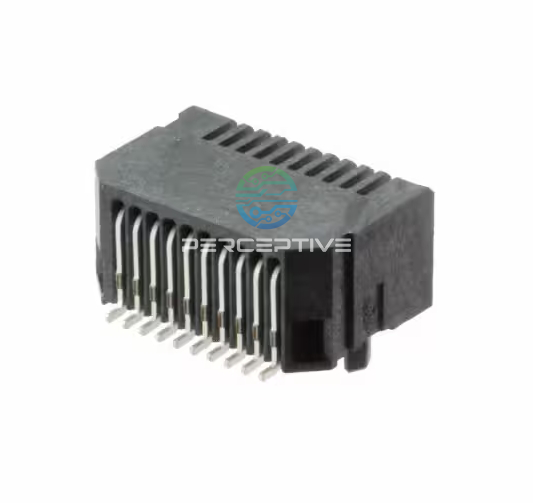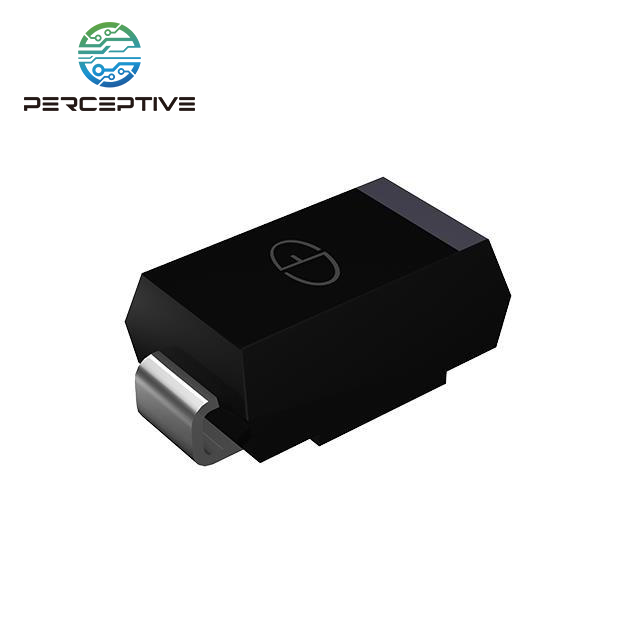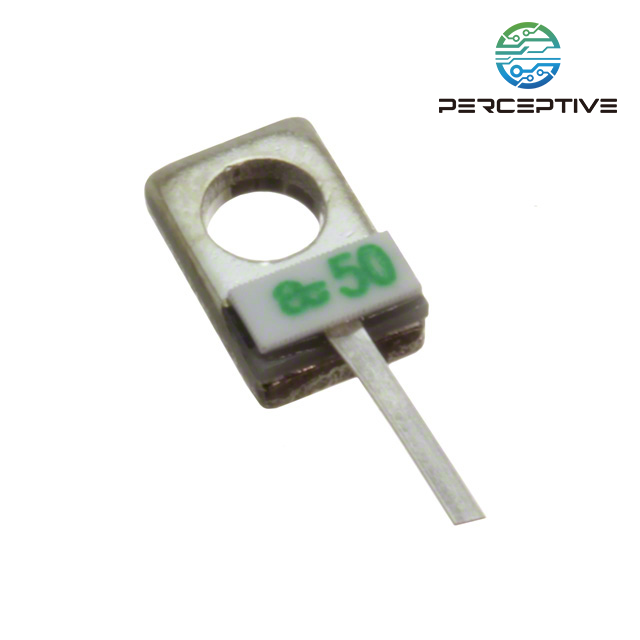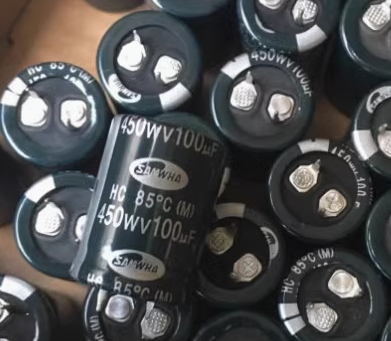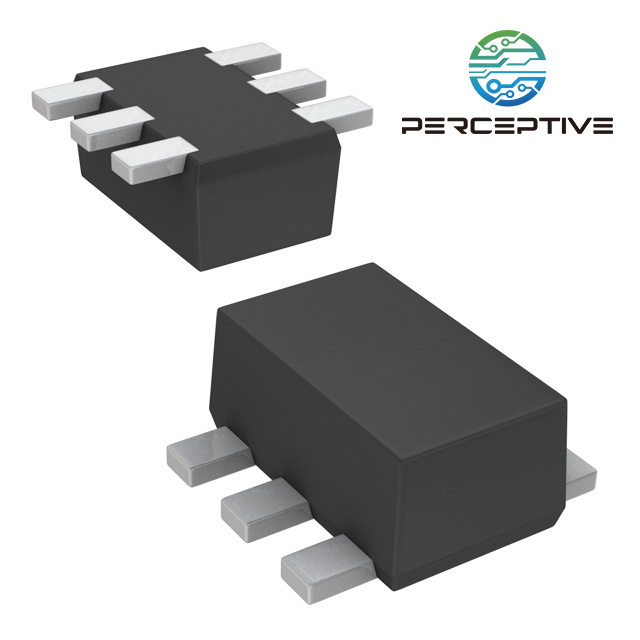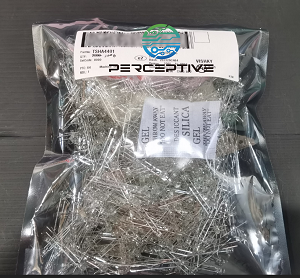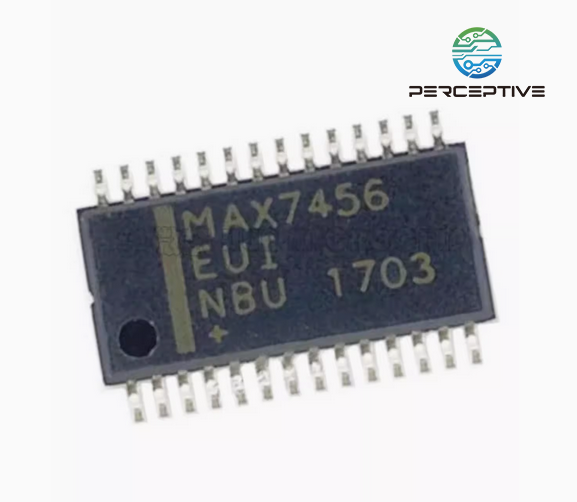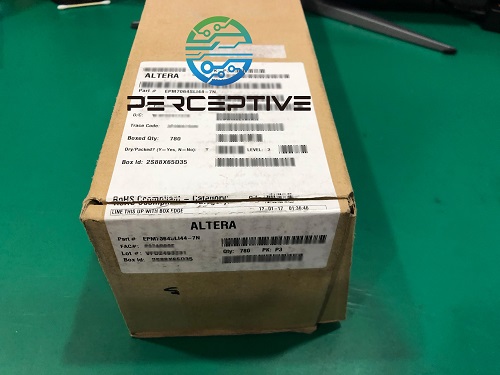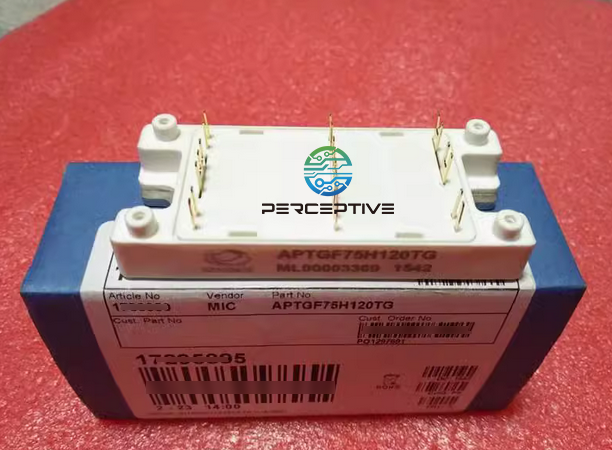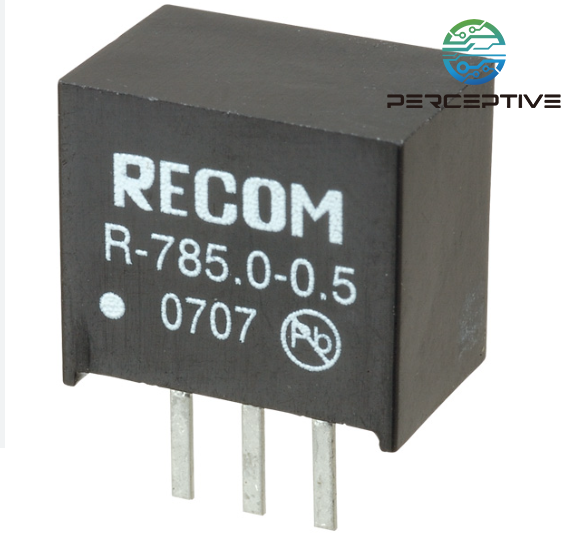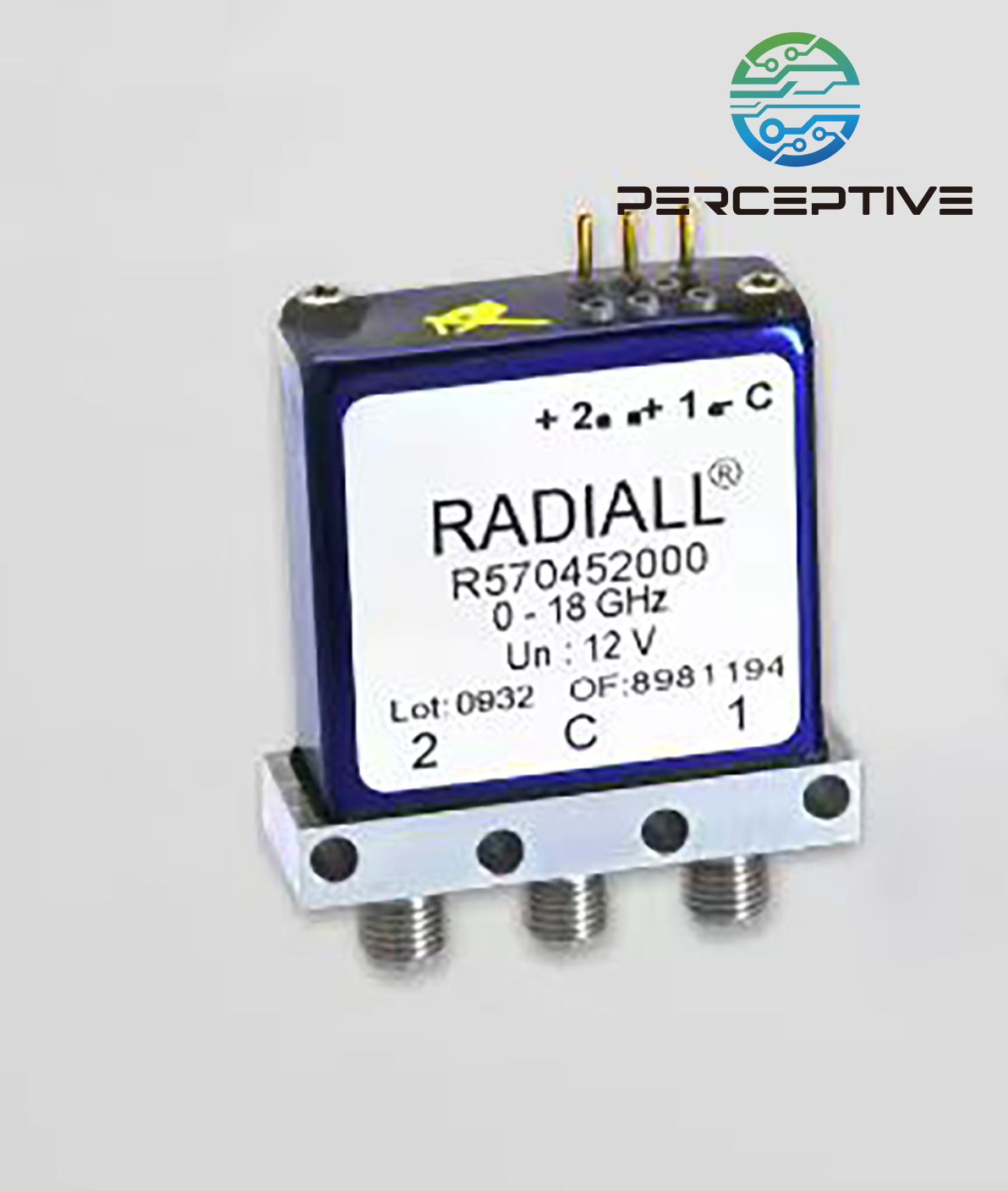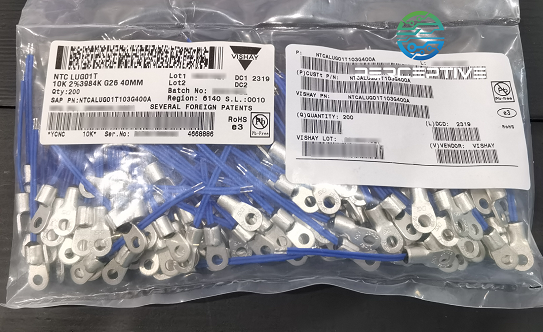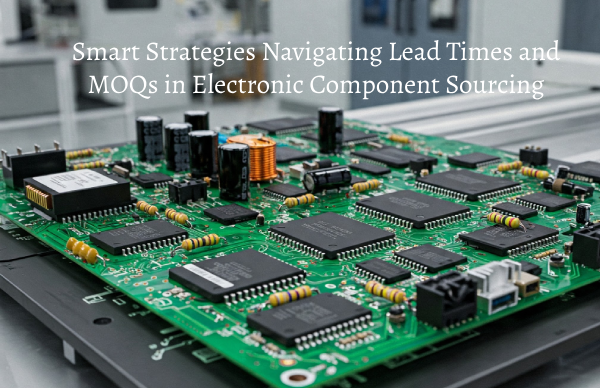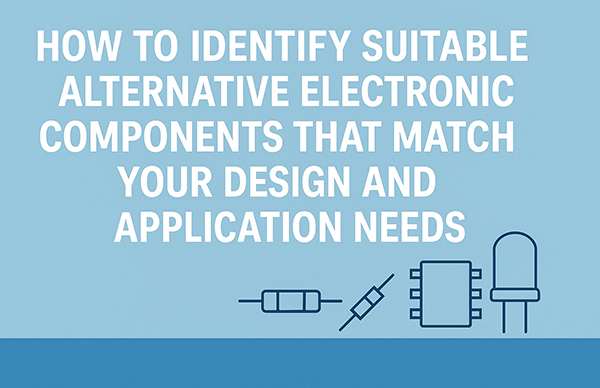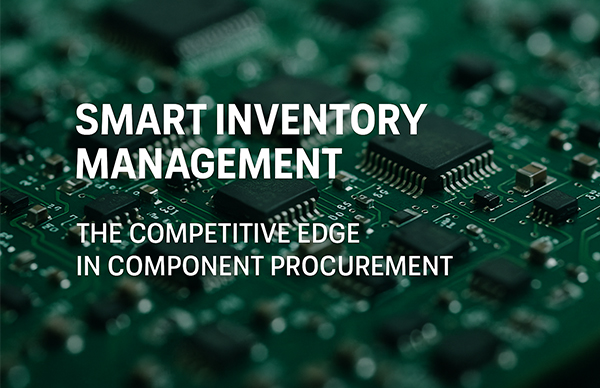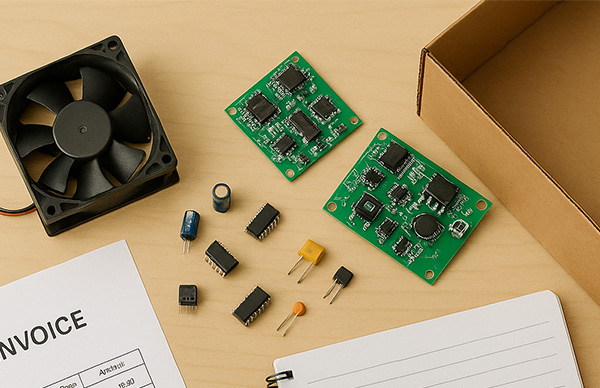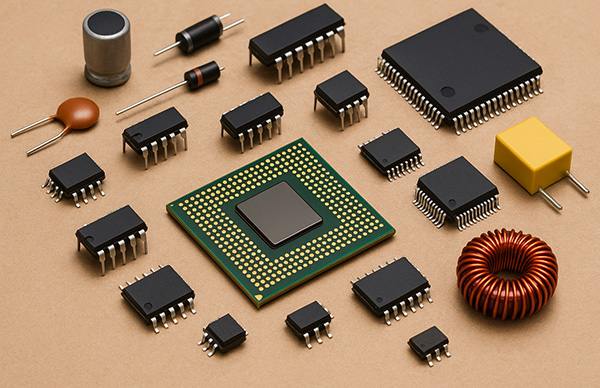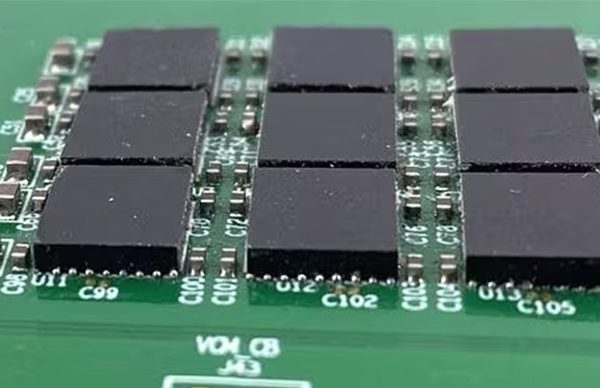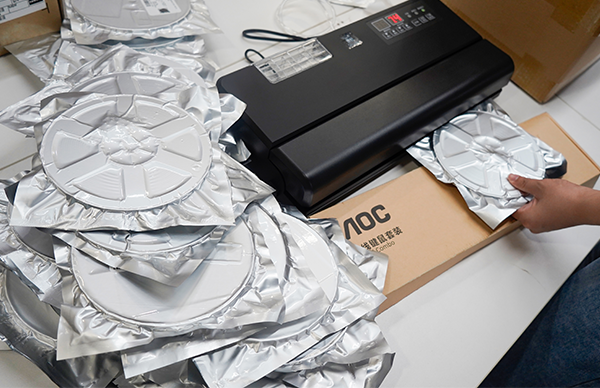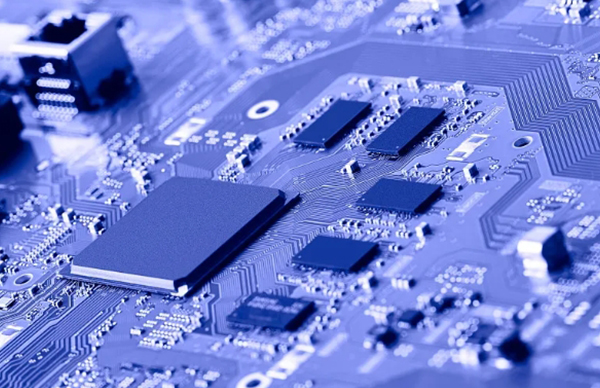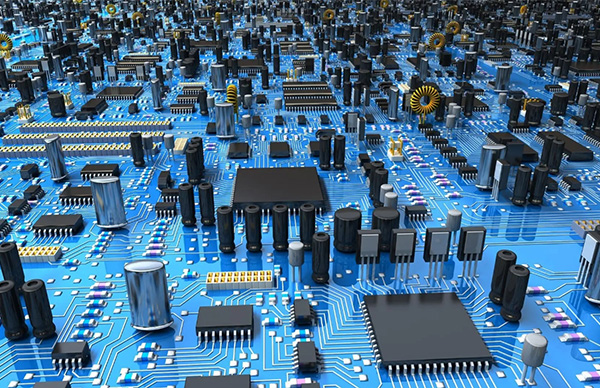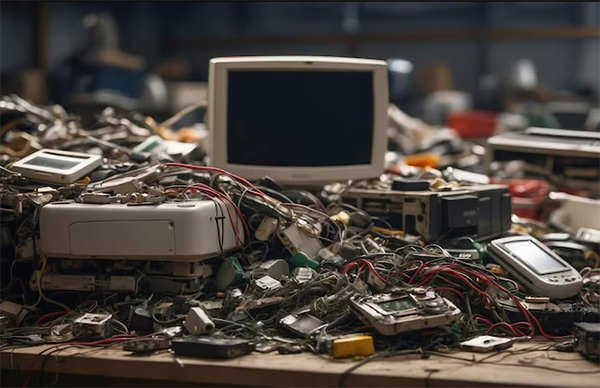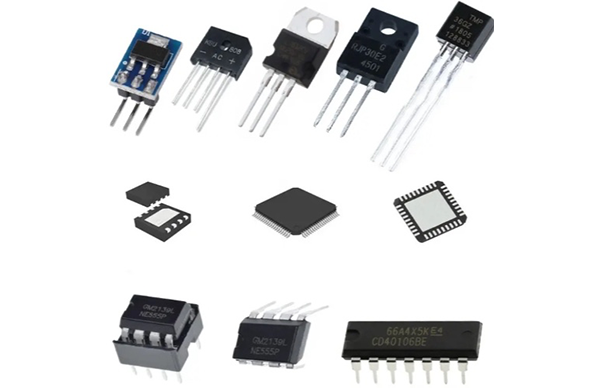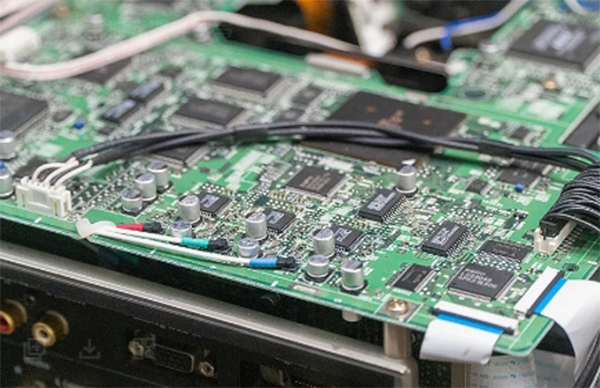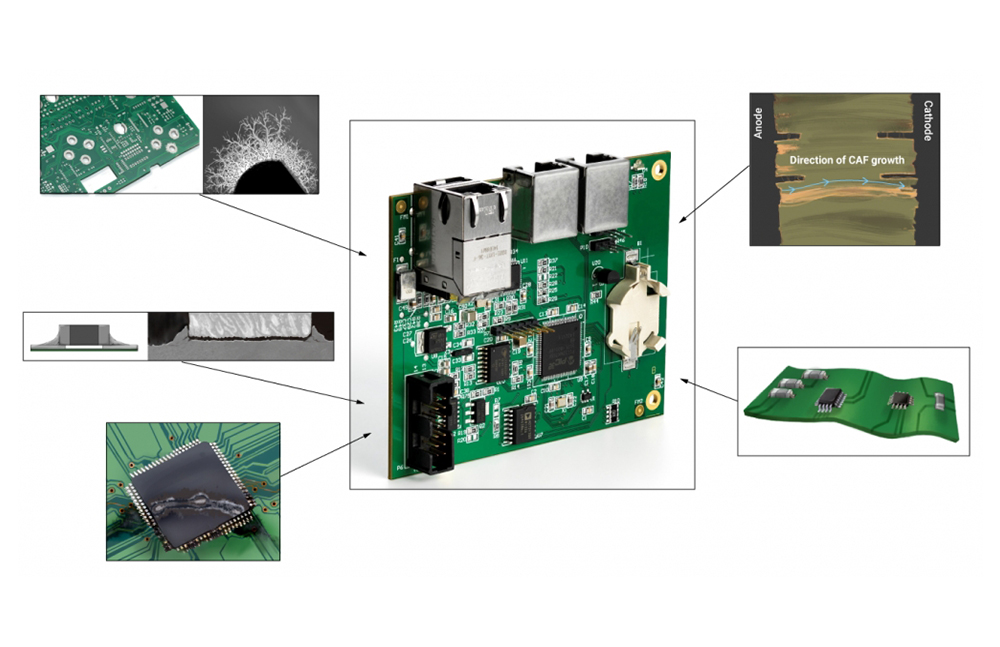Technology now allows for fast charging during the limited downtime found in our busy daily lives. Today, let's have a deeper understanding of fast charging technology.
How fast chargers work
The working principle of fast charging is very simple. To achieve fast charging speed, either increase the voltage or increase the current. Different companies have different solutions for fast charging. Qualcomm adopts the method of increasing the voltage.
By increasing the voltage and reducing the current, the principle is to increase the voltage during charging. Generally, the charging head plays the main role.
Its advantage is that it has strong compatibility, because the current is low, so there is no excessive requirement for the data line, and the cost will be lower.
Of course, the disadvantage is that it will generate higher heat, causing the phone to heat up, which may affect the battery life.
Different company claims the charging speed
Qualcommclaims that Quick Charge 5 can fully recharge smartphones in 15 minutes and take a phone to 50% in just five minutes.
Motorola claims TurboPower 30 can deliver up to 15 hours of battery life in 15 minutes.
Oppo claims VOOC-enabled phones can charge to 75% in 30 minutes.
Huawei claims to support SuperCharge speeds up to 135W.
The future of fast charging
Fast charging will soon be the universal standard and will likely slowly replace average chargers over the next several years. Thanks to major growth in integrated circuitry, charge controllers, adapters, and cords, phones could soon potentially recharge over the span of just a few minutes instead of several hours. Early-model fast chargers recently gained popularity for their promises to increase your device’s portability and charge quickly.
As this technology evolves and becomes more accessible, fast charging will only continue to grow and improve with manufacturing.

